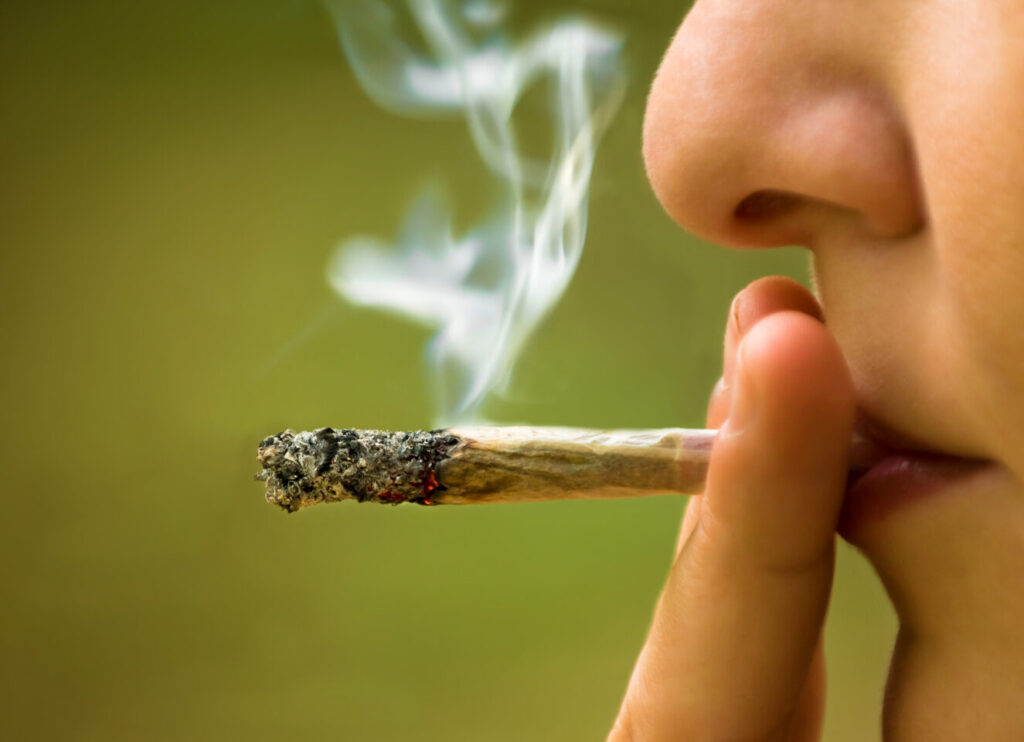
It’s widely accepted that cannabis use in adolescence, while the brain is still developing, can lead to adverse effects. Of course, studies on cannabis as a whole are still catching up, and there are an abundance of gaps that researchers are still attempting to fill in.
A recent investigation, published in the journal Psychopharmacology and performed by Portuguese researchers, attempts to close some of the gaps regarding adolescent cannabis use, looking specifically at the occasional use of cannabis among adolescent subjects.
The research ultimately confirmed that subjects who occasionally used cannabis exhibited no significant changes in cognitive functioning compared to their non-cannabis-using peers.
Exploring the Gaps in an Oft-Researched Topic
Researchers begin by breaking down some of the current barriers in cannabis research, specifically how cannabis interacts with our brains. Looking at the psychological, neurocognitive and brain changes during adolescence, researchers note that the adolescent changes in the endocannabinoid system, and its role with stress and anxiety regulation, “put adolescents at increased risk for emotional and anxiety disorders.”
Still, they recognize further investigations employing longitudinal research designs are needed to address inconsistent findings in literature.
“Most adolescents engage in infrequent cannabis use, with non-disordered cannabis use being four times more prevalent than instances of Cannabis Use Disorder,” authors note. “As such, it is important to examine the neurocognitive and psychological outcomes among adolescents who escalate to heavier cannabis consumption as well as those who do not.”
Researchers utilized archival data from a large longitudinal cohort from the IMAGEN study, with participants mostly characterized by a low-to-moderate frequency of cannabis use.
The study focused on whether preexisting differences in reward-related brain activity, psychopathology and cognitive functioning predict cannabis use initiation, if cannabis use leads to impairment of these levels of functioning and, if so, if the disrupted levels of functioning recover with abstinence.
Investigating Occasional Cannabis Use Effects in Adolescents
The dataset recruited participants at eight sites in England, Ireland, France and Germany. Participants were an average of 14 years old at the baseline measurement, 19 at the first follow-up and 22 at the second follow-up. Participants had to report no or low risk of alcohol use and nicotine dependence at the baseline.
Those who had used a specific illicit substance more than twice during their lifetime or more than eight total uses of any illicit substances in their lifetime were excluded from the set, resulting in 1,946 eligible participants.
At each timepoint, participants completed a number of questionnaires to measure substance use, psychopathy and cognition. Researchers also used the Puberty Development Scale and a scale assessing family stresses on participants.
Participants completed a cognitive task where they were asked to respond as quickly as possible to targets by pressing a button. Participants could win two, 10 or no points depending on their results, and they were informed they would receive a candy for every five points they earned.
Researchers focused on brain responses during gain anticipation and reward feedback for successful and unsuccessful trials. They also performed statistical analyses to address if baseline characteristics predicted later cannabis use, matching those using cannabis at the first followup with non-users in four logistic regression analyses.
Low-Frequency Adolescent Cannabis Use: No Evidence of Cognitive Impairment
Looking at the first question surrounding baseline predictors of cannabis use initiation at age 19, those participants with higher conduct problems scores and lower peer problems scores at age 14 were associated with a greater likelihood of using cannabis at 19. However, neither reward anticipation nor feedback processing predicted cannabis use at 19 years old.
When comparing participants who used cannabis to non-users, researchers noted that the cannabis-using group had higher scores at 14 and 19, along with higher hyperactivity/inattention scores at 19, but no statistically significant differences in cognitive function, psychopathology or brain activity.
“We did not find evidence of cognitive impairment in light CAN (cannabis users) neither before nor after cannabis use onset,” researchers state. “Indeed, it is suggested that despite the broad association that may exist between adolescent cannabis use and neurocognitive impairment, these effects appear to be minor and may not be clinically significant”
At 22, persistent cannabis use exhibited “significantly higher” conduct problems compared to the control group, but “due to the absence of significant differences in cognitive functioning and brain activity, we did not test the hypothesis concerning recovery with abstinence,” researchers note.
Authors note that a larger sample study could help to generate more robust statistical analyses and findings. They also state that a greater representation of heavy cannabis users would increase the generalization of findings, “even though the cannabis use patterns of our sample are comparable to those of previous works that have also found no group differences in reward-related brain activity.”
Researchers underscore that these findings may only reflect the effects experienced by low-frequency cannabis users, not heavy users or those with cannabis use disorder.
“The current study’s design allowed an examination of potential preexisting differences in brain activity, cognitive functioning, and psychological symptoms in a developmental sample of adolescents who would engage in light cannabis use in the future,” authors conclude.
“We found no evidence of preexisting individual differences in reward processing or specific cognitive domains,” they continue. “However, cannabis-naïve adolescents with conduct problems and who were more socially engaged with their peers seem to be at a higher risk of taking part in persistent cannabis use in the future. Additionally, using cannabis during adolescence may result in the development of hyperactivity and inattention symptoms.”
Read full article on High Times

